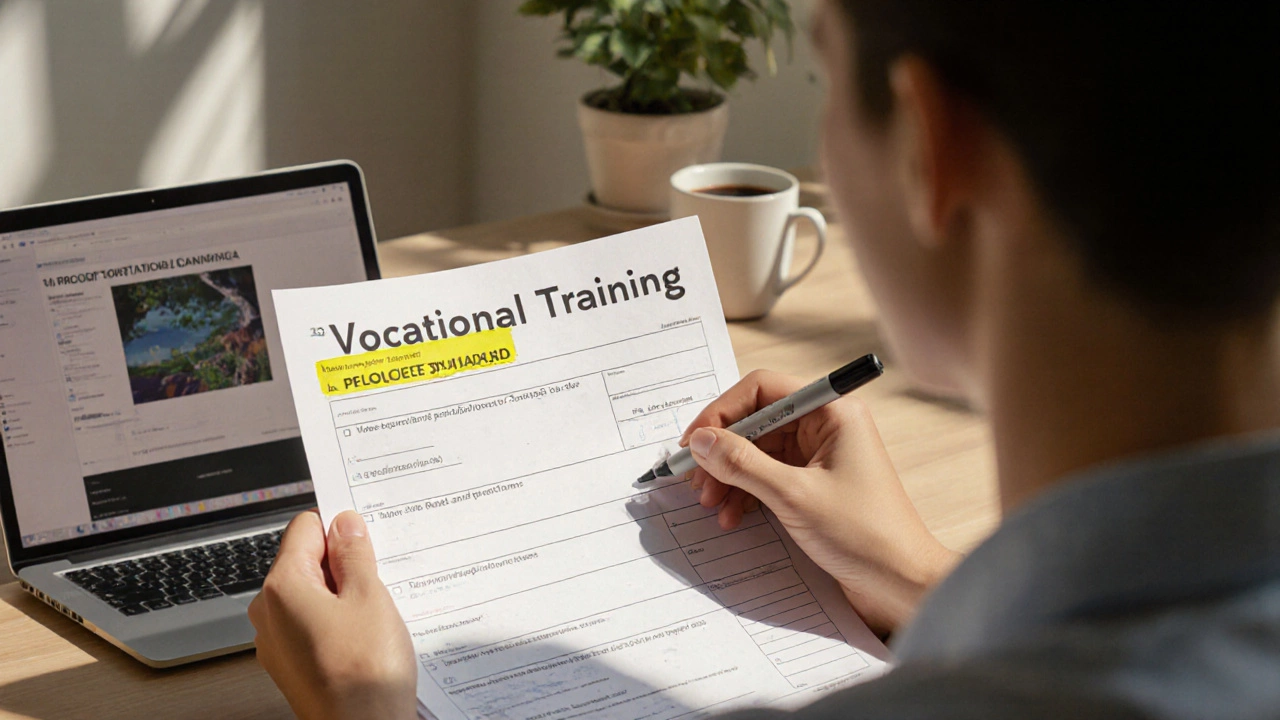How to List Vocational Skills: A Practical Guide for Job Seekers
When you're applying for a job, vocational skills, practical, hands-on abilities learned through training or apprenticeships rather than academic degrees. Also known as trade skills, they're the real deal employers look for in fields like plumbing, digital marketing, fashion design, and electrical work. These aren't just buzzwords on a resume—they're proof you can show up, do the job, and deliver results. Unlike theoretical knowledge, vocational skills are measurable: you can fix a pipe, run a Facebook ad, sew a garment, or install a circuit. That’s why listing them clearly makes all the difference.
Many people don’t realize how much weight vocational training carries in India’s job market. A 2025 report showed that over 60% of hiring managers in mid-skill roles prioritize certified trade skills over degrees. That’s why knowing how to list vocational skills matters. You don’t need to write an essay. Just be specific. Instead of saying "experienced in marketing," say "certified in Google Ads and Meta Ads Manager with 3 live campaigns under budget." Instead of "good with tools," say "licensed electrician with 2 years of residential wiring experience." Employers scan quickly. They need to see the exact skill, the proof, and the outcome.
Some vocational skills come with certificates—like a plumbing license, a digital marketing badge from Coursera, or a fashion design diploma. Others are earned through on-the-job training. Either way, you need to show them the same way: clearly, concisely, and with context. Where did you learn it? How long have you used it? Did it lead to a job, a raise, or a project completed? These details turn a line on your resume into a reason to call you in.
Don’t forget the tools that go with your skills. If you’re a digital marketer, name the software you use. If you’re a tailor, mention the machines you operate. These aren’t extras—they’re part of your skill set. And if you’ve taken free courses from platforms like SWAYAM or YouTube, list them too. Employers know that learning doesn’t always come with a tuition fee. What matters is that you kept improving.
There’s a big gap between saying you have a skill and proving you can use it. That’s why the posts below cover exactly what you need: how to pick the right vocational path, how to get certified without spending thousands, and how to make your skills stand out—even if you’re starting late, changing careers, or working part-time. You’ll find real examples from people who turned a certificate into a job, a trade course into a salary boost, and a skill list into an interview call.
Whether you’re a 45-year-old looking to switch careers, a fresh diploma holder, or someone trying to land a high-paying trade job, how you list your vocational skills can make or break your chances. The right format turns ordinary experience into compelling proof. And that’s what the articles here are built to show you—step by step, no fluff, no jargon, just what works.

Understanding ‘Vocational’ on a Job Application - Definition & Tips
Learn what "vocational" means on a job application, the types of qualifications, how to list them effectively, and avoid common mistakes.